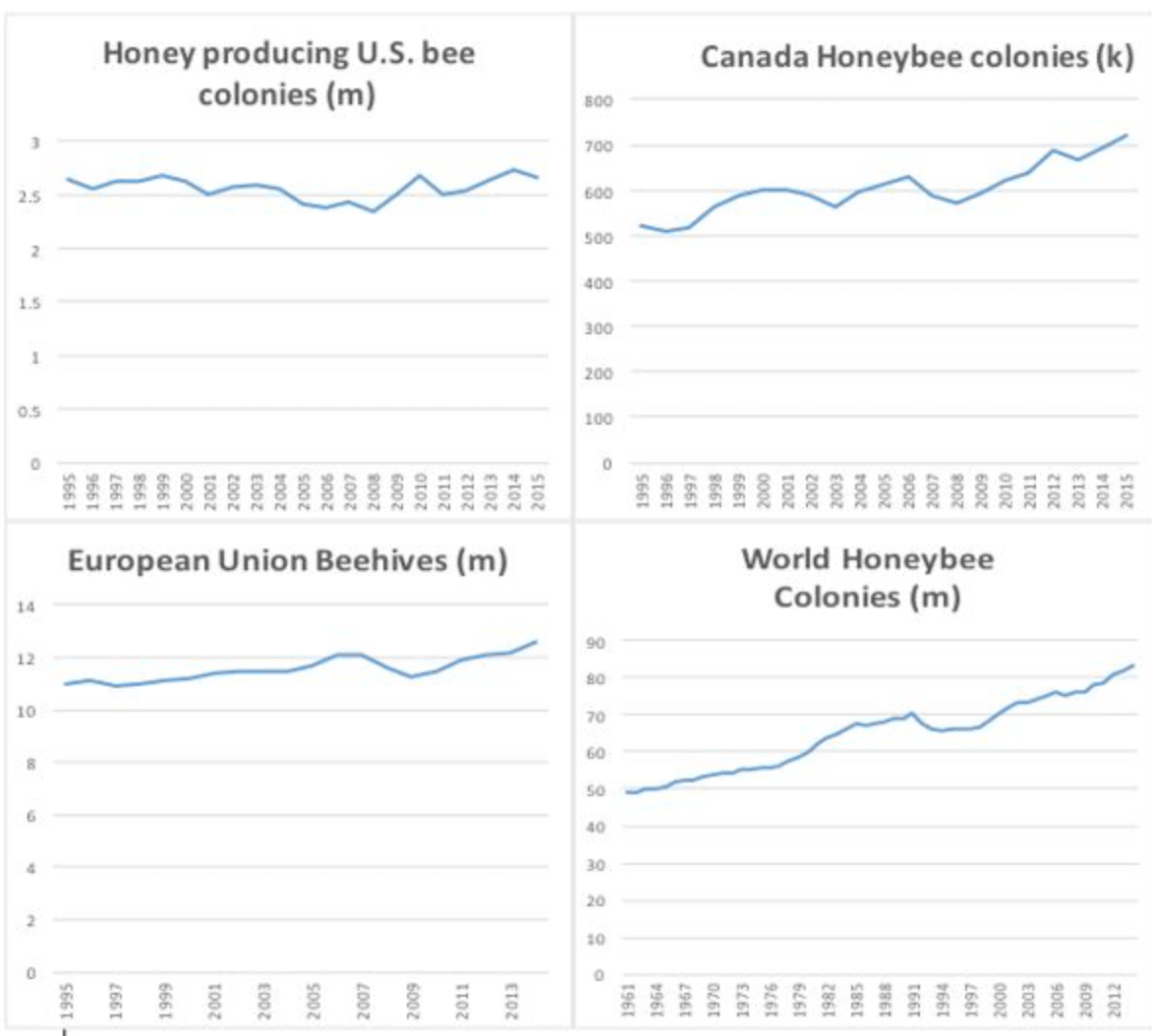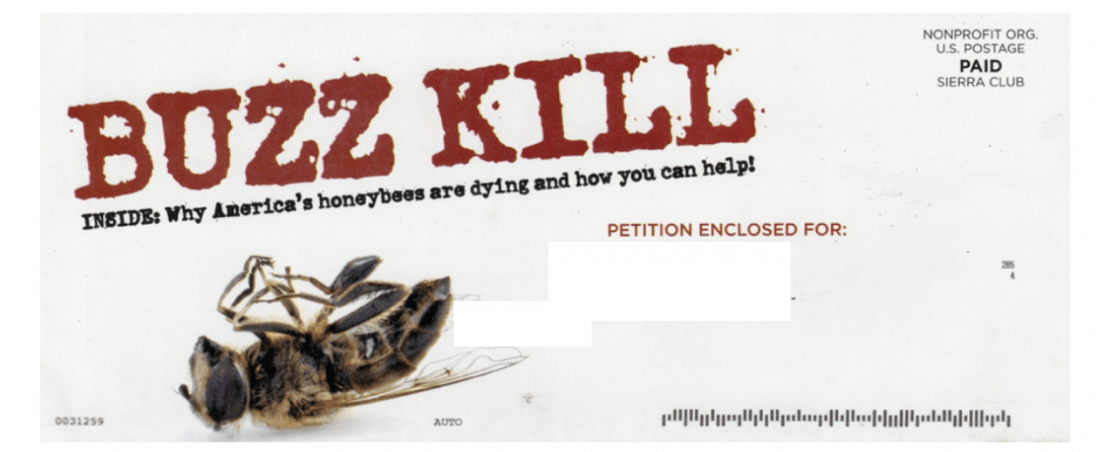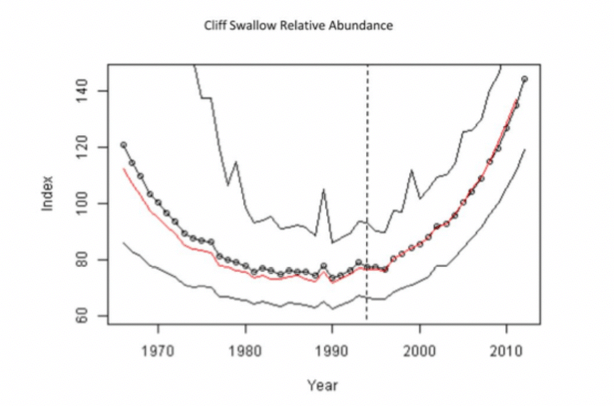California wildfires incinerate people, wildlife and habitats. Politicians blame climate change.
Paul Driessen
Two more raging infernos in California have burned an area nearly ten times the size of Washington, DC. Wildlife and habitats have been torched. Over 8,000 homes and businesses, and nearly the entire
town of Paradise, are now ashes and rubble. Cars were partly charred and melted as they escaped the flames, others completely incinerated, sometimes with occupants still inside. Well over 60 people have perished. Over 50,000 are homeless. Hundreds remain missing.
President Trump expressed deep support for the thousands of courageous firefighters battling the conflagrations, urged residents to evacuate quickly and expedited disaster assistance to the ravaged communities. He also sent a poorly crafted tweet: “Billions of dollars are given each year, with so many lives lost, all because of gross mismanagement of the forests. Remedy now, or no more Fed payments!”
The tweet is “partisan,” “ill-informed” and “insensitive” to those who are suffering, state politicians and celebrities railed – before engaging in their own ill-informed, partisan insensitivity.
"This is not the ‘new normal.’ This is the ‘new abnormal,’ Governor Jerry Brown asserted. “And this new abnormal will continue. Dryness, warmth, drought, all those things, they’re going to intensify.” We have to “do more” on forest management, he continued. “But managing all the forests everywhere we can does not stop climate change. And those who deny that are definitely contributing to the tragedies that we’re now witnessing and will continue to witness in the coming years.”
This chart refutes his climate claims.
Resorting to “manmade climate change” has become the favorite, most politically expedient tactic for deflecting attention away from the abject, ideological, even criminally incompetent forest management practices demanded by politicians, regulators, judges and environmentalists in recent decades.
The hard, incontrovertible reality is that California is and always has been a largely arid state, afflicted on repeated occasions by prolonged droughts, interspersed with periods of intense rainfall, and buffeted almost every autumn by powerful winds that can whip forest fires into infernos.
43% of California timberlands are privately owned, 1% are state owned, and all of them are governed by state laws, regulations and regulators. The remaining 56% are federally owned and managed, largely by preservation-oriented, change-resistant bureaucrats, subject to constant litigation by environmentalists.
This past summer brought unusual rainfall that spurred plant growth. It was followed by hot weather that dried foliage out and set the stage for conflagrations in thick, poorly managed brush and trees.
In this context, it doesn’t much matter if the state is also now confronting climate change, whether natural or manmade – or that California’s or the world’s average temperatures may have risen 0.01, 0.1, 0.5 or even 1.0 degree in recent decades. It doesn’t matter if humans or nature caused the recent fires.
Instead of casting blame, responsible parties need to come together, and deal with the situation at hand. That means first extinguishing these fires and helping devastated families rebuild their lives. Thankfully, everyone is committed to doing that. But it also means better forest management, which is not happening.
In 2016,
Governor Brown vetoed a bipartisan wildfire management bill that had unanimously passed the state Assembly and Senate. For decades, radical environmentalists have demanded – and legislators, regulators and judges have approved – “wildlands preservation” and “fires are natural” policies. Tree thinning has been banned, resulting in thousands of skinny, fire-susceptible trees growing where only a few hundred should be present. Even removing diseased, dead and burned trees has been prohibited.
All that timber could have gone to sawmills, to create jobs … and lumber for homes. Instead, the mills and jobs are gone. It could also have fueled biomass electricity generating plants; but most are also closed. State and federal forests in California now host over 129 million dead trees that cannot be touched!
In 2009, Clinton-appointed Judge Claudia Wilken ruled that the Bush era US Forest Service had not fully analyzed the effects of potential timber harvesting on endangered plants and animals. In 2015, Obama-appointed Judge Ketanji Brown Jackson rejected concerns that new, highly restrictive
Obama-era forest plans would further harm local economies and increase the risk of forest fires.
Did those judges and pressure groups, or the politicians and regulators who support them, ever ponder how thoroughly the inevitable
infernos exterminate habitats, immolate endangered plants and animals, leave surviving animals starving, and incinerate organic matter in the thin soils? Did they consider how subsequent downpours and snowmelts denude hillsides, wash soils into streambeds, and ensure that trees and biodiversity won’t recover for decades?
Did they gave a moment’s thought to the way horrific conflagrations obliterate communities and kill firefighters, parents and children who get trapped by sudden walls of fast-moving flames? Not likely.
But now many of them seem ready to blame Pacific Gas& amp; Electric, whose power lines may have may have caused a spark that ignited the current deadly inferno on private lands in Northern California. Let no one forget that these pressure groups and government employees share the blame – by causing and perpetuating the conditions that set the stage for this horrendous destruction and loss of life.
Governor Brown recently said that, especially during this “new abnormal,” you have to “do prevention” and “have escape routes” and adapt to “a changed world that not so many people were aware of or were thinking about.” These actions are part of his job – the job of regulators, politicians and judges.
Not only have they been derelict in their duties. They have colluded to prevent tree thinning and dead tree removal. They’ve contested
recent initiatives by the Interior Department and Forest Service to revise and reverse policies that invite deadly infernos in the 56% of California forests that are under direct federal control. They’ve perpetuated what Congressman Tom McClintock (R-CA) calls “ponderous, byzantine laws and regulations administered by a cadre of ideological zealots.”
In too many areas, tree and brush clearing, dead and diseased tree removal, and the construction of fire breaks and additional escape routes are prohibited – or must go through decades-long study, review, approval and litigation processes. Only a fool or ideologue would fail to foresee the inevitable results.
In many cases, companies are not even allowed to salvage blackened trees that might be left standing after a conflagration has passed through an area. In stark contrast to these areas, privately and
tribally managed forests outside the once-Golden State are actively managed to prevent major fires like those that have devastated vast national forest areas in California and other Western states.
In California, if private landowners want to burn leaves and tree limbs to reduce fire hazards, they must first obtain
air-quality permits from local air districts, burn permits from local fire agencies, and other permits depending on the location, size, type and timing of a proposed burn, air and ground moisture levels, and other factors. That’s all well and good, if the rules prevent fires that could turn into infernos.
But do the bureaucrats make any attempt to factor in the horrendous air pollution and utter destruction from the monstrous fires their decrees cause by delaying or blocking brush clearing or controlled burns?
As to climate change, what
actual evidence can alarmists provide to show that today’s climate and weather conditions are predominantly due to fossil fuel use – or would be significantly different if the state or USA went 100% renewable, especially when
the developing world continues to
increase its coal, oil and gas use to lift billions out of poverty? Can they prove energy and climate edicts would enable the state to control the timing, frequency and severity of future climate fluctuations, rains, droughts, winds, and other weather events? Will Governor-elect Gavin Newsom seek common ground on forest issues?
We clearly need less hidebound ideology, greater compassion and respect for human and animal life – and greater willingness to find bipartisan ways to deal with the perpetually arid conditions in California and throughout the West, via responsible and scientific management of our forest heritage.
Above all, we need to remember that
people live in these areas and need to be protected. And right now, we should all lend a hand to those who have lost their homes, livelihoods and family members – perhaps by donating to the Red Cross or the WattsUpWithThat.com
Camp fire relief fund.
Paul Driessen is policy advisor for the Committee For A Constructive Tomorrow and author of articles and books on energy, natural resource, climate change, health, environmental and human rights issues.







